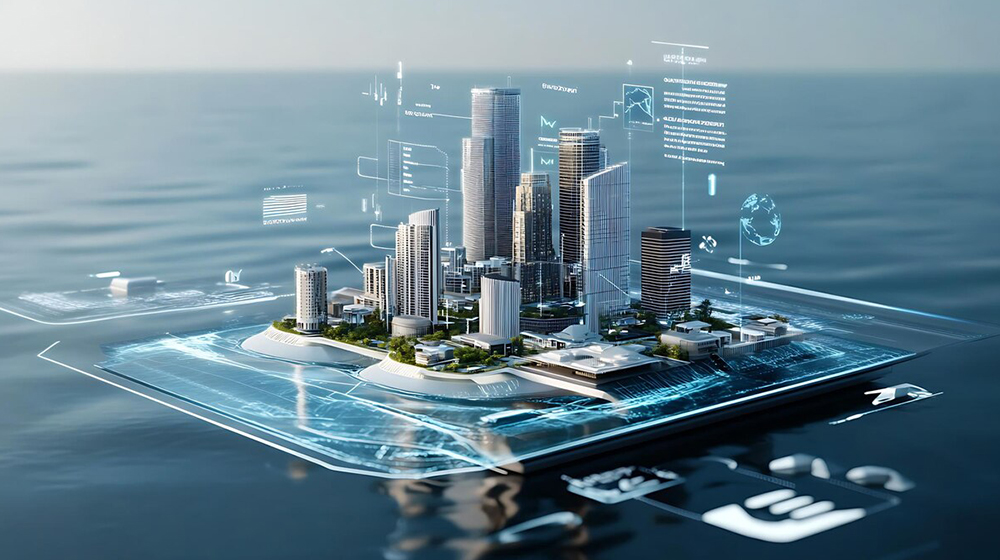The Future of Smart Buildings
Quantum Lead Architects
Quantum Lead Architects

Smart buildings are no longer a futuristic fantasy—they're rapidly becoming the new standard in modern architecture. Thanks to the integration of Artificial Intelligence (AI) and the Internet of Things (IoT), today's structures are more than just bricks and beams. They’re responsive, intuitive ecosystems that learn from human behavior and adapt in real time to enhance comfort, efficiency, and sustainability.
A smart building uses connected technology to automate and optimize everything from lighting and HVAC to security and energy use. By embedding sensors, actuators, and intelligent systems, the building becomes capable of:
It’s not just about convenience—it’s about creating sustainable, efficient, and human-centric environments.
IoT sensors monitor building components—like elevators, HVAC systems, or lighting fixtures—and alert facility managers before issues occur. AI analyzes the data to predict when maintenance is needed, preventing costly downtime and extending equipment life.
AI algorithms optimize energy consumption based on usage patterns. Smart thermostats, lighting systems, and appliances adjust automatically to reduce waste, helping buildings achieve net-zero energy goals.
Smart buildings adapt lighting, temperature, and ventilation based on occupancy and user preferences. AI even personalizes spaces—automatically adjusting your office environment the moment you step in.
AI-powered surveillance systems use facial recognition, motion detection, and real-time alerts. Combined with IoT-enabled access controls, these systems provide tighter and smarter security layers.
Architects now use IoT-generated building usage data to design more functional spaces. For example, AI can suggest floorplans or layouts based on how people interact with a space over time.
While the future is promising, there are hurdles:
Addressing these challenges will require tighter data regulations, open architecture systems, and ongoing collaboration between tech experts and architects.
Imagine buildings that:
This is not science fiction—it’s architecture 4.0.